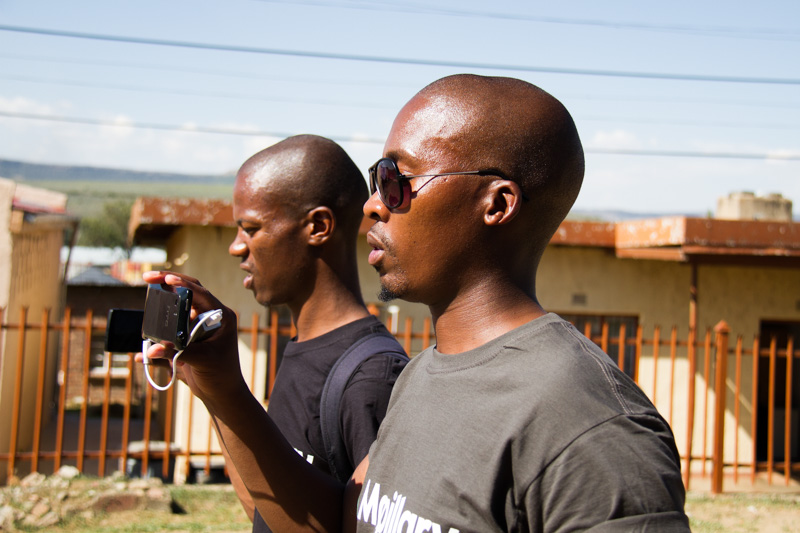Uber IPO values it at $82.4 billion, much less than expected
Commuting between destinations has got totally redefined in the past few years. Thanks to innovators like Uber, travelling between destinations have become a hassle-free, timely and affordable experience for all. Facilitated by GPS, this location-based app makes reaching no destination a peril for the common man. However, things have not gone as expected for this amazing start-up since a long time. A recent blow is that with a price of $45 per share, Uber IPO has valued it at $82.4 billion, much less than what was expected.
The Story behind Uber
Uber’s story began in Paris in 2008 when two friends, Travis Kalanick and Garrett Camp, after attending the LeWeb, an annual tech conference organized by The Economist, faced difficulty in getting a cab. Both of them had already been involved in entrepreneurial stints. While Camp had sold StumbleUpon to eBay for $75 million, Kalanick had sold Red Swoosh to Akamai Technologies for $19 million. The idea of launching a cab service stayed with Camp even after the conference, and he bought the domain name UberCab.com.
In 2009, Kalanick joined as UberCab’s ‘Chief Incubator’. The duo tested the cab service in New York in early 2010 using only three cars, and the official launch took place in San Francisco in May.
In October 2010, the company received its first major funding, $1.25 million from First Round Capital. However, the rising star faced its own share of hardships, starting with a cease-and-desist order from the San Francisco Municipal Transportation Agency in October 2010. The main issue of contention was the use of the word ‘cab’ in ‘UberCab’. This led to the change in name – ‘UberCab’ became ‘Uber’.
The start-up that changed the way people travelled, eventually received a lot of funding from varied investors viz. a $11 million Series A round of funding from Benchmark Capital, $37 million in Series B funding from Menlo Ventures, Jeff Bezos, and Goldman Sachs and $3.5 billion from Saudi Arabia’s Wealth Fund. The flowing funds led to fast expansion of the services to New York, Seattle, Boston, Chicago, Washington D.C., Paris. In 2012, Uber launched UberX, as an alternative to the black car service.
All is not rosy
However, all is not good with the innovative start-up as it appears. In April 2017, Uber reported a global loss of $3.8 billion for 2016. The smart start-up knew how to bounce back. It shifted focus on UberPool — the carpooling service, and this move led to a revenue increase of 76%, while losses increased 5%.
Thereby, Uber saw rapid growth, but controversies related to the safety of the passengers brought its valuation from $70 billion to $48 billion in its last funding round in January 2018. 2019, brought its own woes with a self-driving Uber vehicle getting involved in a fatal crash, and the New York City Council voting to put a pause on new licenses issued to ride-hailing services such as Uber and Lyft.
Uber made its first public offering on May 9, 2019 and it didn’t turn out to be as lofty as expected. The company is asking for $45 per share, a price is near the bottom of its expected price range of $44 and $50. This move has valued the company at about $82.4 billion, much less than the expected $100 billion. At $45, Uber aims to raise $8.1 billion for its varied expansion plans.
While the act of going public strengthens Uber’s position as the biggest American technology company of its generation to go public, the low share price has brought disappointment to the investors with bigger dreams for it.








